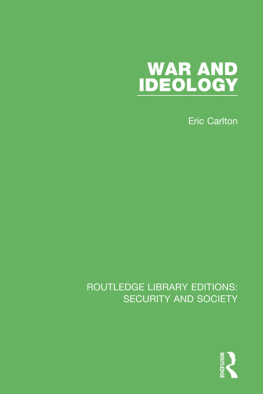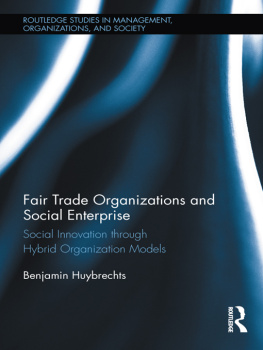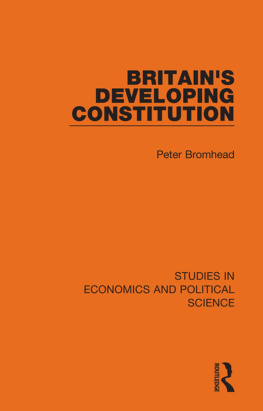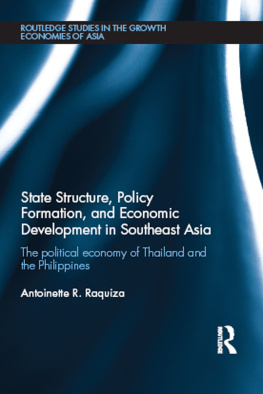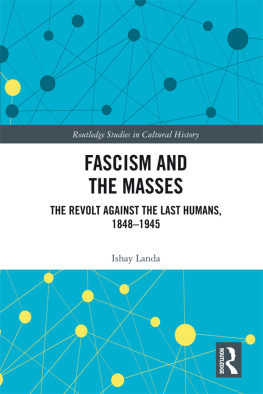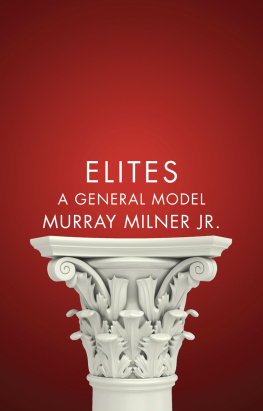In much modern writing certainly in the social and educational sciences litism has not exactly had rave notices. The very idea of lite groups or organizations, whether self or other identified, arouses suspicions of superiority, authority and power which may be used to the detriment of others. There is a hint of conspiracy about the very term lite. It connotes something that is inimical to the public good rather than that which is desirable or beneficial. It evokes the notion of inequality: the image of a ruling few with litism as a mode or method of domination. Indeed, in liberal societies, litism is commonly a pejorative expression; when used, it sounds more like an accusation than a recognition of superior qualities. Or to put it more technically, litist doctrines bring the normative dimensions of the lite to the fore and stimulate a polarizing, polemical style of discourse. The charge of litism assaults those who approve any legitimate role of lites in society (Marcus: 1983, pp.2231). Elite and its cognates litism and litist, derive from the Latin eligere (to elect) whence, in eighteenth-century French, it came to denote quality the choice of the best. This carried with it the related idea of distinction with the normative implication of something which is worthy of choice.
In the social and political sciences, it came to be popularized by Pareto and Mosca, though mainly in the somewhat restricted sense of governing lites. With the gradual decline or, at least, the blurring of the older distinctions of social ranking, especially since the Second World War, there has gradually developed a certain uneasiness about any kind of fixed inequality although, as we shall see, such ideas are often applied inconsistently. There are some inequalities that we are all too ready to admit. We readily recognize those with natural gifts: good looks, strength, sporting prowess and the like, but are hesitant about such things as intelligence and learning capacities. And as far as the ability to govern is concerned, people have long been sceptical about those who presume to act as leaders. Even in the so-called cradle of democracy, ancient Athens, undemocratic as it was in so many ways, the people were in no doubt about the unreliability, dishonesty and downright ordinariness of most politicians.
Vilfredo Pareto (18481923) maintained that one should distinguish firstly between the lite and the non-lite, and then between the governing lite and the non-governing lite (Pareto: 1973). Elites were said to consist of individuals with the highest performance in their field. But with time superior elements develop in the governed masses and inferior elements accumulate among those that govern, and one lite is replaced by another. Thus social change is facilitated by this circulation of lites, with the alternation of conservative and progressive forces (which, presumably, become the next round of conservatives). It has been argued that there is little actual evidence for this (e.g. Bottomore: 1964, p.274) but just a glance at the struggles of some of the early Greek city-states (poleis) will support Paretos general thesis. He recognized that the pattern of circulation depended on the methods of recruitment and integration and that closure of an lite, often on the principle of heredity, would lead to the degeneration of that lite. Hence his conclusion that history is a graveyard of aristocracies. Gaetano Mosca (18581941) was similarly somewhat disenchanted with liberal democracy as he knew it. He insisted that whatever the form of government, real power would always rest with an lite minority which he termed the ruling class who were obliged to justify their position in terms of accepted political principles (Mosca: 1939).
Both Pareto and Mosca arguably derived these theories, in part, from Machiavelli (The Prince), who contends that political leaders must possess the cunning of foxes and the strength and determination of lions. For Mosca, in particular, the minority nature of the governing lite (or, as he called it, political class) gave it the advantages of tight organization and unity of action. These qualities were conspicuously absent in the masses who were incapable of concerted action. The fact that it was the minority who were always really in control meant ipso facto that democracy was a myth, a point developed by the German sociologist, Robert Michels (18761936) who proposed that sovereignty in any organization is the prerogative of the professional leadership. This constituted the iron law of oligarchy (see Scott: 1990, p.xi). Much of Michels work was concerned with labour organization, and he maintained that elected officials become divorced from their memberships by virtue of their specialist expertise, and the eventual divergence of their respective goals. As Michels puts it, Long experience has shown that among the factors which secure the dominion of minorities over majorities the first place must be given to the formal instruction of the leaders [this] special competence, this expert knowledge which the leader acquires [is] almost inaccessible to the mass (Michels: 1962, pp.10710). Increasing size and complexity of organization also prevent the masses from effectively participating in the political process.
Understandably some theorists see this as a direct attack on liberal traditions a proposition that, if true, undermines the very idea of democracy. Michels writes of the disastrous floods [that] flow over the plain of democracy rendering [it] unrecognizable (ibid., p.62). One critic, using the same simile, replies that if oligarchical waves repeatedly wash away the bridges of democracy, [men] will doggedly rebuild them . There cannot be an iron law of oligarchy unless there is an iron law of democracy (Gouldner: 1955, p.506). Be that as it may, it does not really destroy Michels contention. Effective participation in the social process has taken place, for instance, in many non-centralized tribal societies, but these were invariably small scale. As soon as expansion occurred, possibly through coalition, as with the plains Indians in the nineteenth century in the face of white incursions, then lites form if only for the sake of temporary expediency.


